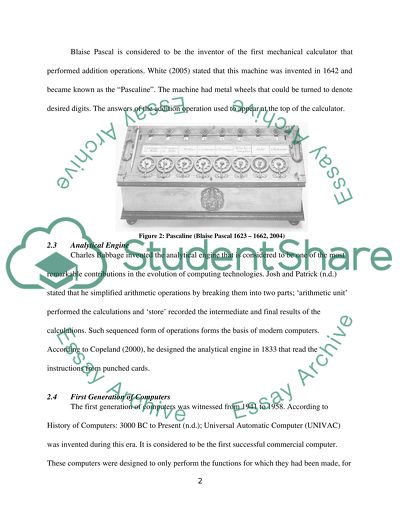Cite this document
(“Evolution of Computing Technologies Assignment Example | Topics and Well Written Essays - 1750 words”, n.d.)
Retrieved from https://studentshare.org/technology/1578963-computer
Retrieved from https://studentshare.org/technology/1578963-computer
(Evolution of Computing Technologies Assignment Example | Topics and Well Written Essays - 1750 Words)
https://studentshare.org/technology/1578963-computer.
https://studentshare.org/technology/1578963-computer.
“Evolution of Computing Technologies Assignment Example | Topics and Well Written Essays - 1750 Words”, n.d. https://studentshare.org/technology/1578963-computer.


